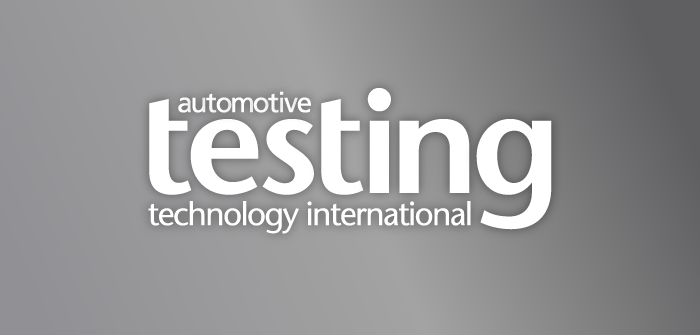ABI Research has predicted that eight million vehicles will be shipped in 2025 featuring SAE Level 3 and 4 technologies (still requiring drivers but able to completely shift safety critical functions to the vehicle under certain conditions) and SAE Level 5 technology (requiring no driver at all).
This, in turn, will help drive the shipments of lidar sensors that underpin the technology. As many as 36 million lidar units are expected to be shipped in 2025, corresponding to a market value of US$7.2bn.
“With the rapid development and deployment of various ADAS packages by OEMs, higher level automation represents the next step,” said Shiv Patel, research analyst at ABI Research.
“The primary functional sensor gap between today’s ADAS and higher level autonomous vehicles will be filled with the addition of lidar, which will help to provide reliable obstacle detection and simultaneous location and mapping.”
For conditional and high-level automation applications within the consumer market (that is, SAE Level 3 and Level 4) solid state lidar solutions from companies such as Innoviz and LeddarTech have emerged as the lidar form factor that will not only help enable robust sensing on autonomous vehicles but also, more importantly, satisfy stringent pricing requirements set by OEMs.
These units are expected to reach price points of US$200 and US$750 per unit by 2020, for low and high-end solutions respectively. At this price, even with multiple sensors around the car, using solid-state lidar solutions represents a highly feasible option to OEMs on premium models.
In fully autonomous applications – that is, SAE Level 5, such as autonomous ride sharing, where the aim is to eliminate the driver completely – much more expensive, traditional mechanical lidar solutions, with their higher resolution for robust sensing, remain the go-to option.
Players targeting the ‘robotaxi’ use case aren’t too concerned with vehicle ASPs, with their short-term ‘land-grab’ objective being to maximize their share in the smart mobility market as it emerges.
In these market conditions, it is purely a race to be the first to eliminate the driver, who represents the single biggest cost for these companies. Although the performance of solid-state lidar continues to improve, mechanical lidar as part of a broader suite of other sensor types is currently seen as the only short-term option to enable full automation as soon as possible for these aggressive implementers.


